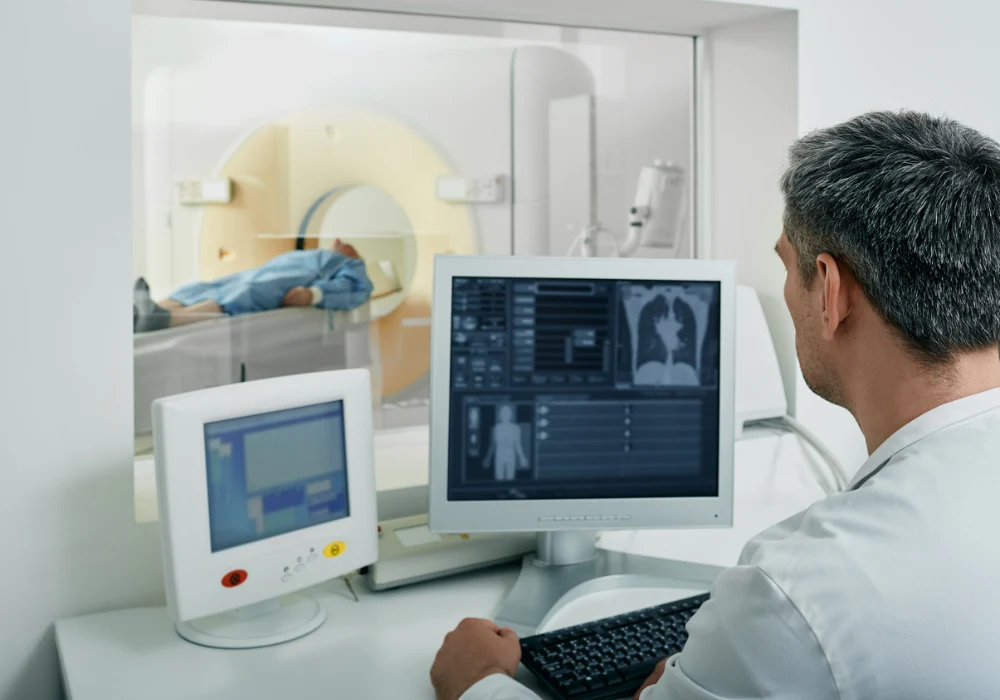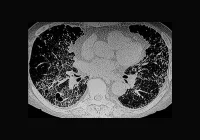Patients presenting with atypical chest pain often undergo invasive coronary angiography (ICA) to diagnose or exclude coronary artery disease (CAD). Although effective, ICA is costly and involves procedural risks. An alternative approach using coronary computed tomography (CT) offers a less invasive and potentially more efficient diagnostic pathway. A recent randomised controlled trial provides compelling evidence that CT not only delivers equivalent clinical outcomes to ICA but does so at a significantly lower cost. This suggests that a CT-first strategy could serve as a more economically sustainable standard for managing atypical chest pain.
Comparative Effectiveness and Cost Analysis
The CAD-Man trial enrolled 329 patients who were clinically referred for ICA due to suspected CAD. These individuals exhibited atypical chest pain, defined by the presence of one or two of the classical features of angina. Patients were randomly assigned to either receive CT or proceed directly to ICA. The primary aim was to evaluate cost-utility by measuring quality-adjusted life years (QALYs) and overall healthcare costs over a three-year period.
The results showed no significant difference in QALYs between the CT and ICA groups at any follow-up point. At three years, patients in the CT group achieved an average of 2.09 QALYs compared to 2.11 in the ICA group. Despite this clinical equivalence, CT proved substantially more economical. Total costs per patient were €1543 lower for those in the CT group. These savings emerged largely from reduced initial management costs and lower utilisation of inpatient services. CT can typically be conducted on an outpatient basis, avoiding the hospital stay that ICA often requires. Furthermore, CT led to fewer subsequent procedures, including revascularisations and repeat angiographies, which further reduced overall costs.
The analysis used rigorous statistical methods, including multiple imputation for missing data, bootstrapping and adjustment for baseline characteristics. The robustness of the findings was confirmed through sensitivity analyses, which tested different assumptions and still supported the cost-effectiveness of CT. The net monetary benefit at a willingness-to-pay threshold of €20,000 per QALY remained consistently in favour of CT at each follow-up point, with probabilities of cost-effectiveness ranging from 81% to 99%.
Patient Experience and Health Outcomes
To capture a comprehensive view of patient wellbeing, the study also examined patient-reported outcome measures (PROMs). These included the EQ-5D-3L for general health status, the Hospital Anxiety and Depression Scale (HADS) for mental health and the MacNew questionnaire for heart disease-related quality of life. Across all three metrics, results were similar for both groups at all time points during the three-year follow-up.
This parity in PROMs suggests that the economic benefits of CT do not come at the expense of patient experience. Patients reported comparable levels of physical functioning, emotional wellbeing and social integration whether they had undergone CT or ICA. These findings reinforce the argument that CT can be adopted as a first-line diagnostic strategy without compromising the quality of care from the patient’s perspective.
Must Read: Optimising Chest Imaging: Evaluating Digitally Reconstructed Radiographs
Interestingly, the study noted a slightly higher use of statins in the CT group, leading to a marginal increase in medication costs. This aligns with previous research suggesting that CT imaging may prompt more aggressive preventive treatment. However, the additional pharmaceutical costs were minor in comparison to the savings generated from reduced procedural and inpatient expenses.
Subgroup and Long-Term Considerations
Subgroup analysis revealed that CT was particularly cost-effective in certain populations. Women and patients with a higher pretest probability of CAD demonstrated the greatest benefit from a CT-first strategy. Even in patients with diabetes, where the probability of cost-effectiveness was slightly lower, CT remained a viable option. These findings suggest that the CT-first approach can be broadly applied while also allowing for individualised decision-making in specific patient cohorts.
Importantly, the cost advantage of CT persisted throughout the three-year period. While some convergence in healthcare expenditures occurred over time, the cumulative savings remained substantial. The tipping point analysis further underscored the resilience of these findings, showing that only significant underestimation of QALYs in the CT group would alter the conclusion of cost-effectiveness.
This consistency over time is critical for informing healthcare policy. As systems seek to optimise resource allocation, interventions that offer long-term value without sacrificing quality are increasingly prioritised. The evidence presented by the CAD-Man trial positions CT firmly within this category.
In patients with atypical chest pain referred for invasive testing, CT offers a safe, effective and more affordable diagnostic alternative to ICA. With comparable clinical outcomes and significant cost savings sustained over three years, a CT-first strategy aligns well with the principles of high-value healthcare. The approach reduces the burden on hospital resources, limits patient exposure to invasive procedures and maintains patient-centred outcomes. These findings support the integration of CT into diagnostic pathways as a first-line modality for atypical chest pain, providing both clinical reassurance and economic efficiency.
Source: European Radiology
Image Credit: iStock










